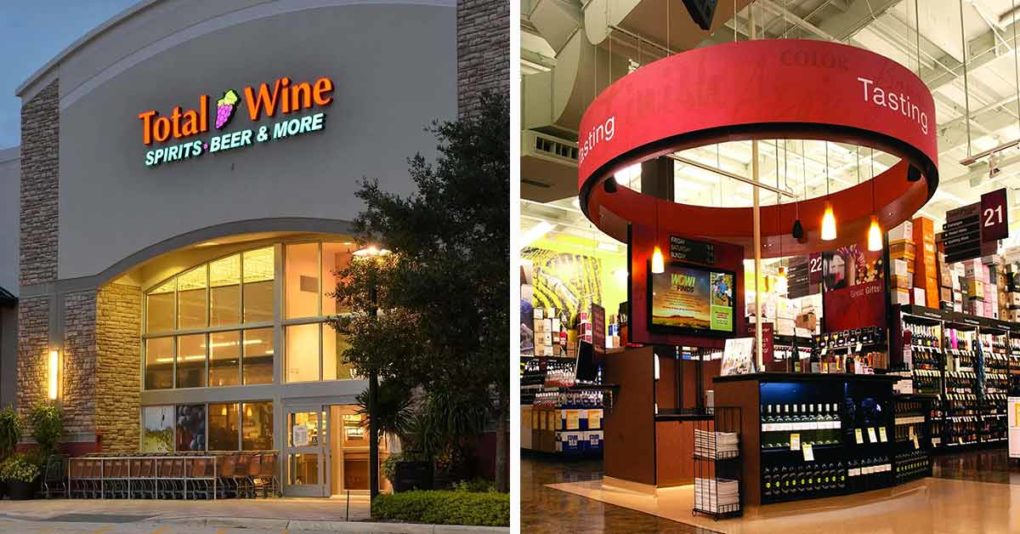
Earlier this month we met up with Total Wine & More CEO Troy Rice at the opening of the chain’s 36th California location in Culver City. While wandering the aisles, we chatted with the CEO about what sections are taking up more floor space, how inflation is impacting shopping choices, and the makeup of the non-alc shopping cart.
Non-alc has a pretty wide selection at least at this location, what shopping trends are you seeing among NA customers and are there particular innovations gaining steam over others?
The NA customer is a very good customer. They have a high shopping frequency and they have a broad basket that includes NA and regular products. And so we see some people come here to shop the category because we have one of the widest selections you’ll find anywhere in NA wine, beer and spirits.
But also a lot of people are buying it because they want it for their friends and neighbors who are coming over, or they want to have it during the week. It’s one of the fastest growing categories that we have within our business, and we are very committed to it and want to make sure that we have the largest selection and the best prices. The quality of NA has improved so much over the past five years, and that’s one of the things that’s continuing to support its popularity.
Mocktails are brand new, really in the past year we’ve seen this grow, and because of the popularity of hard beverages on the other side of the store [referring to spirit-based RTDs] this is now gaining momentum as well.
According to one of the co-owners, 42% of your sales comes from spirits and you have expanded the space in your stores dedicated to the category to about 75% in recent years – what’s driving sales on the floor?
So even in a smaller store, we’re dedicating space to the fastest category that we have in our store and that is tequila. The spirits category is now our number one category, followed by wine and then beer. We see the growth continuing to be a spirits-dominant business over the next five years, the trends that we see happening are a lot of what you read about: tequila is definitely one of the fastest growing, and then bourbon and right behind that scotch. But tequila is just such a great category for people to be able to explore and I think that’s what customers love so much about it: they can explore between a blanco, reposado, añejo or cristalino which a lot of customers are enjoying now.
What’s been the impact of inflation on shopping choices and are higher-end segments taking a dip?
Definitely customers have been impacted and people are looking for great value. We focus on how we bring that great value out of really every price point and segment. We have seen customers shift down in certain areas, specifically certain categories of wine, and we’ve seen certain value categories grow. Our number one selling cabernet right now is a $10.99 cabernet for example.
But what we continue to see is that premiumization is here to stay. And by that I mean, will there be some softening and has there been? There has been at the upper levels in tequila and in bourbon. But tequila has slowed down the least of any category. We also believe that over the long term, over the next three to five years, that those premium products will continue to be what customers are wanting to experience.
Can you tell me more about your expansion plans?
Total Wine is adding 18 stores this year and we definitely see the progression of an additional 15 to 20 stores a year in the next three years. In California we’ll be 39 by the end of this year so right now it’s neck-and-neck with Florida. Texas, California and Florida are all very equal in store count. In California we have plans for more stores in the Los Angeles area, such as West Hollywood and Brentwood, and Cotre Madera in the Bay Area.